Shotguns excel at many scenarios and can offer a lot to the American military
- By Travis Pike
Share This Article
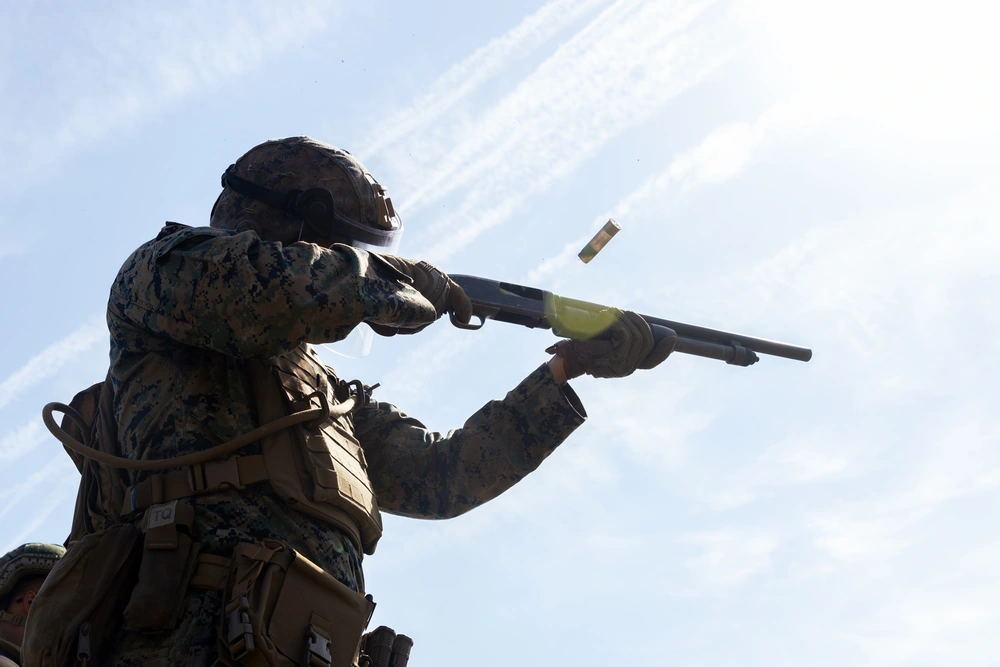
The shotgun seems like it should be obsolete in modern warfare. It’s been an extremely niche tool practically since its inception, yet it humbly soldiers on. I might be a bit biased as a shotgun fan, but I do feel the capabilities and strengths of the combat shotgun are not fully realized by the United States military.
While the shotgun is not appropriate for all situations, it can be an extremely capable tool when used correctly. It’s far from perfect and has its challenges – bulky ammo, a stiff learning curve, and a lack of range make it a tough choice over something like an M4 – but it’s a versatile option for an infantry squad.
Let’s discuss where the combat shotgun shines and why it can still be a viable tool in a number of different roles – but first we have to mention the platform’s disadvantages.
What the combat shotgun isn’t
Military tactics revolve around suppressing the enemy to allow forces to maneuver, so the majority of military firearms have the ability to suppress a target. However, the shotgun is not a suppressive weapon as it doesn’t offer the same rate of fire, ammo capacity, or range necessary to pin an enemy down.
Shotguns are also not egalitarian tools. They are heavy-recoiling compared to an M4, require serious skill to reload, and aren’t a weapon you can hand to anyone. If you’re using a shotgun, you should have shotgun-specific training as the weapon requires some expertise in order to be used successfully.
A shotgun isn’t a general issue weapon either and is instead issued when the situation needs it. The person toting the shotgun will also likely be toting a rifle or have one issued to them for normal missions.
That’s what the combat shotgun isn’t. But the platform excels in a number of scenarios, nevertheless.
Breaching capabilities
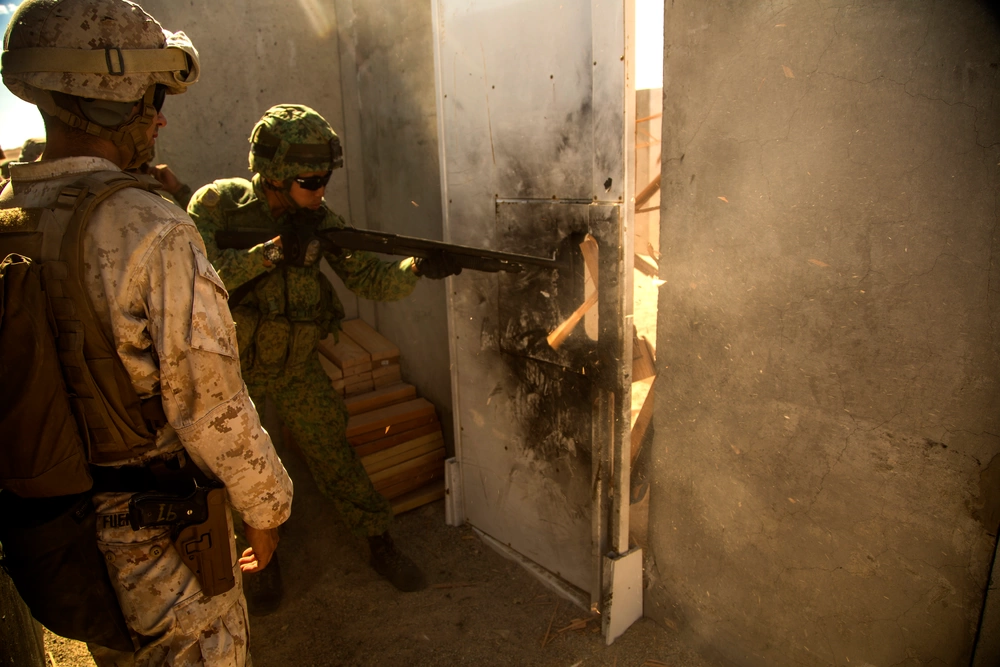
The most commonly known role of the modern combat shotgun is as a breaching weapon. Shotguns can destroy hinges and locks, turning locked doors into unlocked ones. KAC even made an underbarrel shotgun called the “Masterkey” for this specific purpose.
Shotguns even have specialized breaching rounds made of powdered steel to destroy locks, hinges, and more without ricochets or excessive penetration past the door. Yet, while these rounds exist, your average grunt will never see them, and buckshot will be the typical breaching cartridge.
Related: The value of Research and Development of explosives for the Delta Force
An anti-drone option
Combat shotguns offer an on-the-ground option for dealing with the various Unmanned Aerial Vehicles (UAVs) being used by military and paramilitary forces around the world.
There are many of high-tech options for dealing with drones, but their effectiveness remains to be proven and they don’t see widespread use yet.
The old shotgun can take down quadcopters with ease by throwing a spread of shot and using the right ammo. Even the smallest amount of damage dealt to these quadcopters can send them spiraling off target.
Military forces around the world are fielding shotguns to deal with this problem and they seem to be a simple and affordable solution.
Related: Army seeks information about miniature aircraft that can take out drones
A capable secondary weapon
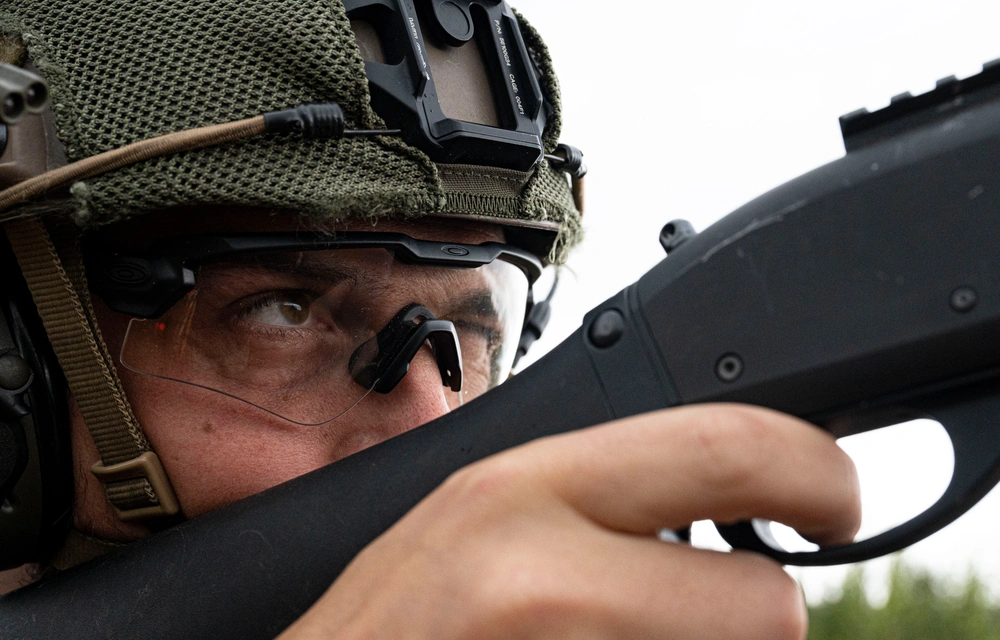
In some scenarios, a combat shotgun can be an excellent secondary weapon (but this isn’t Call of Duty where you swap weapons because it’s faster than reloading).
A shotgun can be a great tool to have in a turret, especially if your turret contains a heavy machine gun. It’s easy to find yourself in a situation where a .50 BMG or 40mm grenade can’t be safely used to deal with a potential threat getting a little too close.
Shotguns make it easier to hit moving targets, and it’s also easier to use if you’re moving. A nine-pellet bare-bones buckshot load is going to spread anywhere from half an inch to an inch per yard fired. That spread makes it easier to hit moving threats or stationary threats if you’re moving.
Additionally, the shotgun’s ability to fire nonlethal loads can be a capable tool in telling a vehicle to back off during your “shout” phase of use of force Standard Operating Procedures.
Effectiveness in jungle, urban, and night warfare
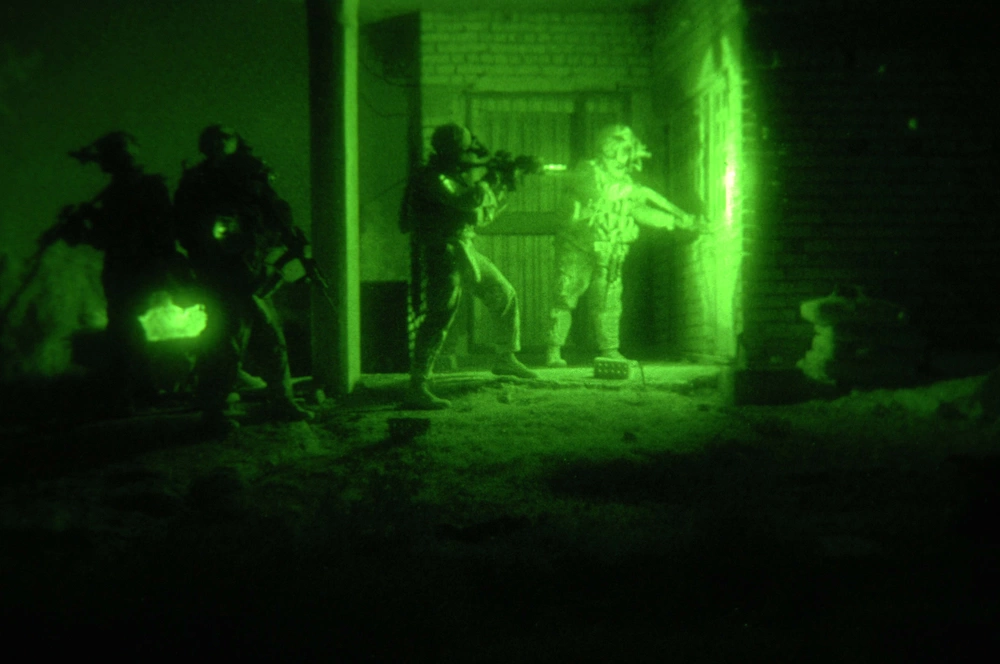
Jungle and urban warfare takes place in tight, close quarters where speed matters. Shotguns offer a very fast and reactive tool that can be effective at hitting targets at close range quickly. (You still have to aim a shotgun, but the spread of buckshot at close-quarter-combat ranges does make it easier to hit a target with a less than optimal sight picture.)
In Vietnam, the combat shotgun became a popular weapon among point men. Jungle warfare tended to be up close, and the shotgun offered excellent reactive capabilities for a point man. Navy SEAL Chief James Watson famously carried an Ithaca 37 loaded with No. 4 buckshot as a point man. During the war, the SEALs experimented with full-auto shotguns for anti-ambush tactics in the jungles.
During the Iraq War, the shotgun became surprisingly popular with infantry units as a breaching and close-quarters-combat tool. For example, if a combatant pops out of a window at 50 yards and opens fire, it can be tough to hit them, as they’re likely not exposing much of themselves, but a shotgun can fire nine pellets that spread at the target, which can increases your hit potential.
For the same reasons, the shotgun is also useful at night, since, due to the lack of night vision among non-Western forces, a lot of fighting at night is done at close range.
If you’re fighting at night in a dense area, then the shotgun can be an excellent tool to have, again, thanks to its spread. But if both forces are using night vision, then a combat shotgun isn’t nearly as useful in a night scenario.
The combat shotgun remains a niche tool, but one that’s underutilized by military forces. I feel this is largely due to a lack of education and training on the platform. It’s not an exceptionally user-friendly weapon and has large gaps in its capability, but that doesn’t mean it doesn’t have some serious strengths worth considering by infantry leaders.
Feature Image: A U.S. Marine Corps Cpl. David Alonzo, a water support technician with Combat Logistics Battalion 26, 22nd Marine Expeditionary Unit, fires fin stabilizer rounds from a Mossberg 500 12-gauge shotgun during a non-lethal weapons course at Marine Corps Base Stone Bay, May 1, 2025. The non-lethal weapons course teaches students about weapons that are explicitly designed and primarily employed to incapacitate personnel or materiel while minimizing fatalities, permanent injury to personnel, and undesired damage to property and the environment. (U.S. Marine Corps photo by Lance Cpl. Kyle Baskin)
Read more from Sandboxx News
- Ahead of the upcoming MV-75 aircraft, Army aviators train in first tiltrotor flights
- What could “security guarantees” for Ukraine look like?
- What movies and videogames get wrong about weapons and military tech
- Frosted misery: A Navy SEAL in SERE School
- Let’s rank America’s fighter jets (and some of its other planes) based on their top speed
Related Posts
Sandboxx News Merch
-

‘Kinetic Diplomacy’ Bumper Sticker (White)
$8.00 Add to cart -
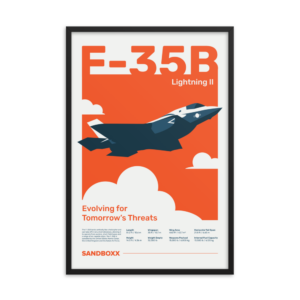
F-35 ‘Evolution’ Framed Poster
$45.00 – $111.00Price range: $45.00 through $111.00 Select options This product has multiple variants. The options may be chosen on the product page -
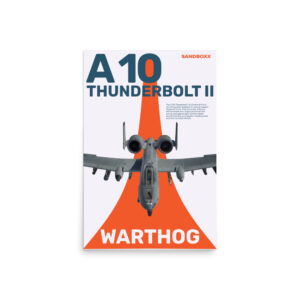
A-10 ‘Warthog’ Poster
$22.00 – $28.00Price range: $22.00 through $28.00 Select options This product has multiple variants. The options may be chosen on the product page
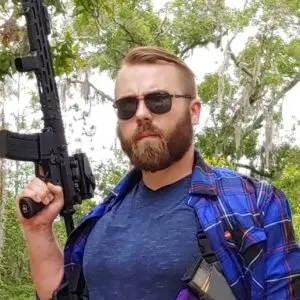
Travis Pike
Travis Pike is a former Marine Machine gunner who served with 2nd Bn 2nd Marines for 5 years. He deployed in 2009 to Afghanistan and again in 2011 with the 22nd MEU(SOC) during a record-setting 11 months at sea. He’s trained with the Romanian Army, the Spanish Marines, the Emirate Marines, and the Afghan National Army. He serves as an NRA certified pistol instructor and teaches concealed carry classes.
Related to: Gear & Tech
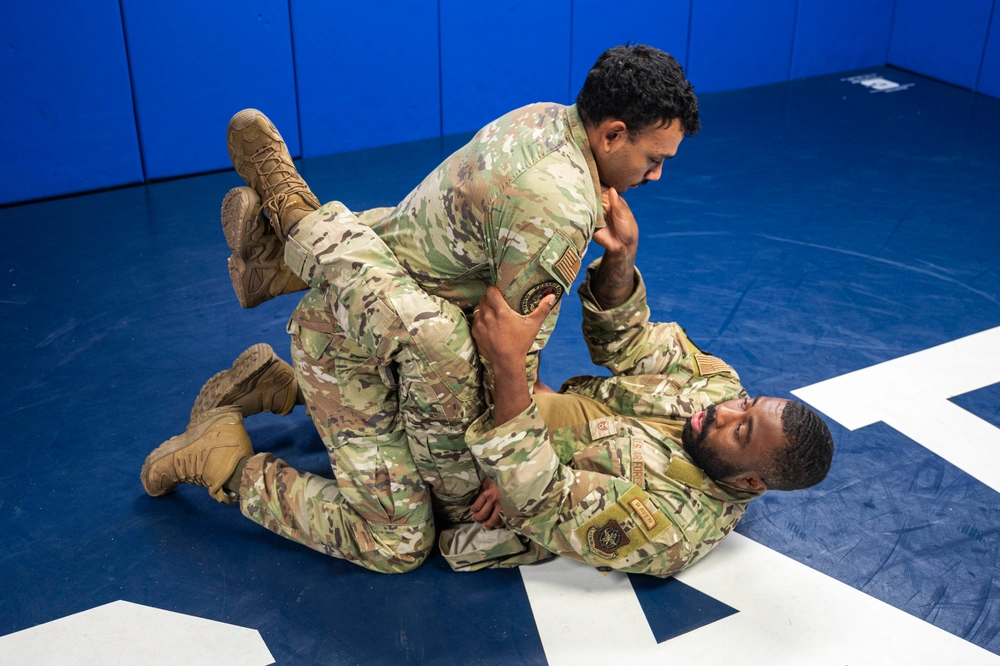
The profound influence of Judo in the American military
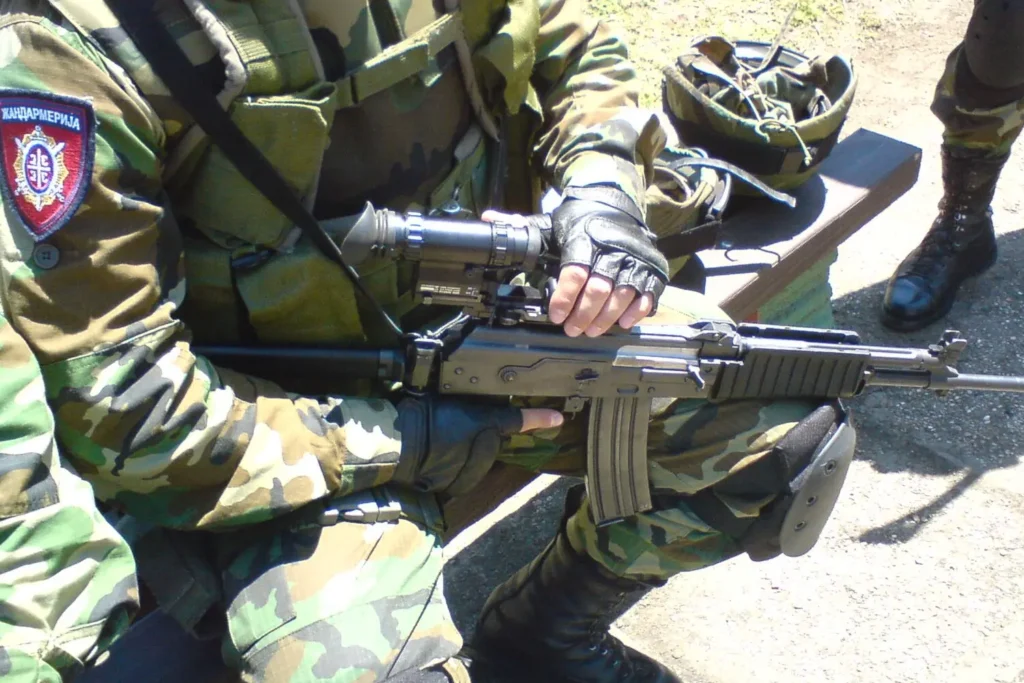
Serbia’s unique Zastava M21 – Service rifles from around the world
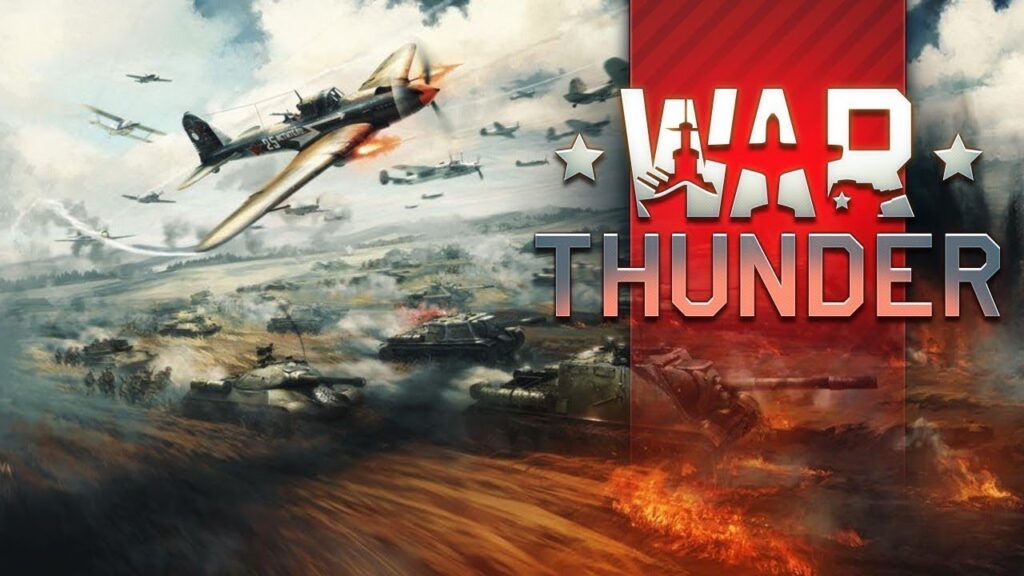
The complicated legacy of War Thunder in the military community

What movies and videogames get wrong about weapons and military tech
Sandboxx News
-

‘Sandboxx News’ Trucker Cap
$27.00 Select options This product has multiple variants. The options may be chosen on the product page -
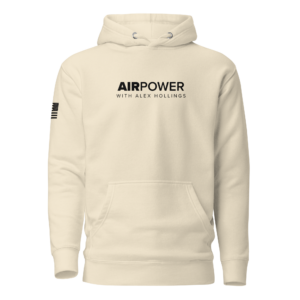
‘AirPower’ Classic Hoodie
$46.00 – $48.00Price range: $46.00 through $48.00 Select options This product has multiple variants. The options may be chosen on the product page -
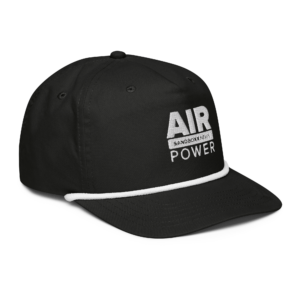
‘AirPower’ Golf Rope Hat
$31.00 Select options This product has multiple variants. The options may be chosen on the product page -
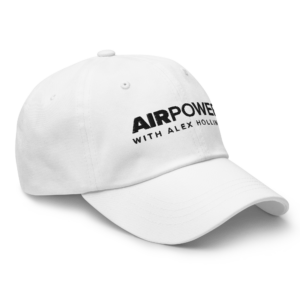
‘Sandboxx News’ Dad Hat
$27.00 Select options This product has multiple variants. The options may be chosen on the product page
